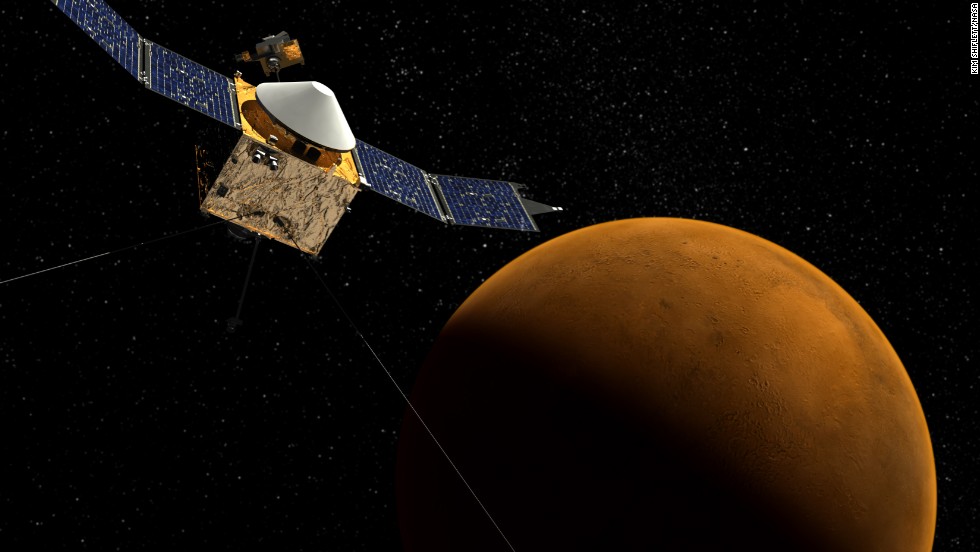Kijun Times
Kijun Times 는 교내 영어잡지,신문 동아리로 다양한 주제에 관한 이슈로 원고를 작성하며 영어 잡지를 만드는 동아리입니다.
매년 잡지 출판뿐만 아니라 자신의 진로와 관련된 개인기사, 모둠기사를 작성함으로써 영어 실력향상은 물론 주제에 제한이 없기 때문에 다양한 진로에 접목 가능합니다.
We are looking for a new journalist for The KIJUN TIMES.
Anyone can be a journalist for The KIJUN TIMES.

NASA: Solar wind transformed Mars into cold, dry planet |
|||||
|---|---|---|---|---|---|
| 이름 | 김효진 | 등록일 | 15.11.06 | 조회수 | 265 |
|
(CNN)We now know more about what happened to Mars' climate. NASA announced on Thursday several major scientific findings by its MAVEN spacecraft that reveal significant details on the fate of the Martian atmosphere. Scientists have known that billions of years ago, Mars was a wet, warm planet with a thick atmosphere that protected it. The Martian landscape once had water flowing through its long rivers that spilled out into lakes and oceans. That world is a stark contrast to the dry and bitter cold planet we know it as today. The question researchers have pondered for ages is: What happened to cause such a major transformation? "Quoting Bob Dylan: 'The answer, my friend, is blowing in the wind,' " said Michael Meyer, lead scientist for the Mars Exploration Program at NASA Headquarter during the announcement. New measurements from the MAVEN, Mars Atmosphere and Volatile Evolution, show solar winds have stripped ions from the Martian atmosphere. Solar wind -- charged particles from the Sun -- have removed gases like oxygen and carbon dioxide from the planet, important elements for understanding the potential for life, according to NASA. The findings could mean there was big atmospheric loss early in the planet's history. Mars' atmospheric fate could theoretically happen on Earth which is also losing ions, but NASA said during the conference that our planet is fine for now because of its magnetic field. But the auroras on Mars may be caused by what is left of the magnetic field on the planet's crust, which means these northern lights are spread out across a bigger area. Another major finding shows that Mars' notorious dust problem is believed to be interplanetary in origin, meaning from another planet. Scientists came to this conclusion based on the grains and distribution of dust on Mars' surface, which ruled out Martian moons Phobos and Deimos as the culprits. The MAVEN has been on a mission to study Mars' upper atmosphere since its arrival to the planet's orbit in September 2014. Tasked with finding how Mars' climate changed in the last 4 billion years, it's possible we're closer to understanding future habitability on the planet. |
|||||
| 이전글 | Melbourne Cup lunch to support education fund |
|---|---|
| 다음글 | 2311 김현솔 기사 스크랩 |
